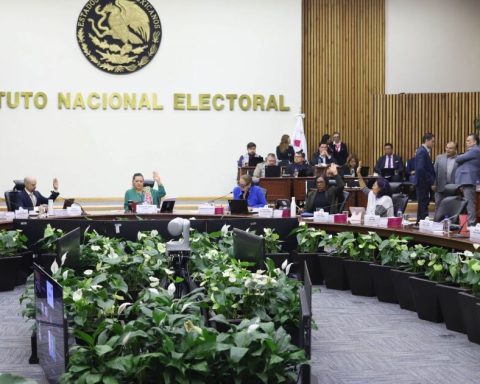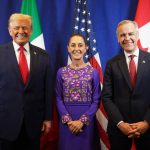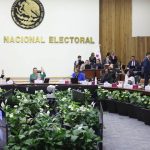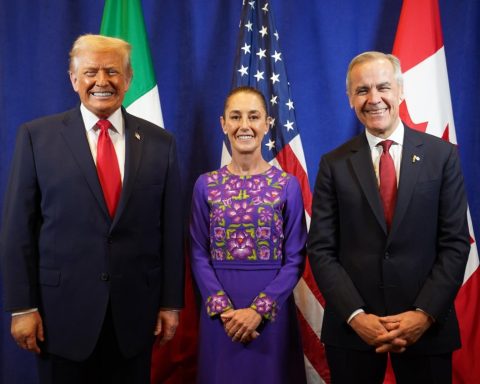Other countries would respond with tariff increases of their own and “you basically open the door to a kind of pitched battle in trade policy, which I think, among other things, is very confusing for companies,” Obstfeld said.
Global trade between the United States and China would plunge 70% from levels already reduced by tariffs that Trump imposed on China in 2018-2019 and that were maintained and recently increased by Democratic President Joe Biden, said Bernard Yaros, chief US economist. in Oxford Economics.
Yaros said the post-tariff outlook would not reduce the overall U.S. trade deficit but would instead trigger a “major realignment of trade flows” with other countries that could be costly in the short term.
Increased costs
Harris, who replaced Biden as the Democratic presidential candidate after he ended his campaign in July, has called Trump’s tariff plans a “national sales tax” that will cost American families up to $4,000 a year.
The Yale University Budget Lab estimates that the total reduction in annual household income under 10% global and 60% Chinese tariffs would be $2,576 including the impact of retaliation, but could be as high as $7,600. if Trump follows through on comments in which he said he could impose a 20% global tariff and a 200% levy on some goods from Mexico, including cars.
The Yale laboratory, in which some former economic and tax advisors of the Biden Administration work, calculates that Trump’s tariffs would initially raise the level of consumer prices between 1.2% and 5.1%, that is, equivalent to between 7 and 31 months of inflation normal to the Federal Reserve’s 2% annual goal.
A Trump campaign spokesperson responded by pointing to a study by the Coalition for a Prosperous America (American Prosperity Coalition), a tariff advocacy group, showing that a 10% universal tariff would not cause “significant price increases” and that, combined with compensatory tax cuts, would generate economic growth worth 728 billion dollars and 2.8 million jobs.
Inflation did not increase significantly after Trump’s 2018 and 2019 tariffs of 7.5% to 25% were imposed on $370 billion worth of Chinese goods. However, his proposed 60% tariff would hit Chinese consumer goods, ranging from toys to T-shirts, with dramatically higher tariffs and the 10% universal tariff would apply to more than $3.8 trillion in annual U.S. imports. .
Harris has backed the Biden administration’s more selective approach to tariffs to protect strategic U.S. industries, but in September she said she would renegotiate the U.S.-Mexico-Canada trade deal signed by Trump in 2026 to protect American jobs. American automobile industry.















